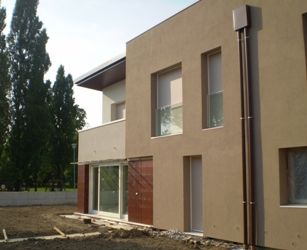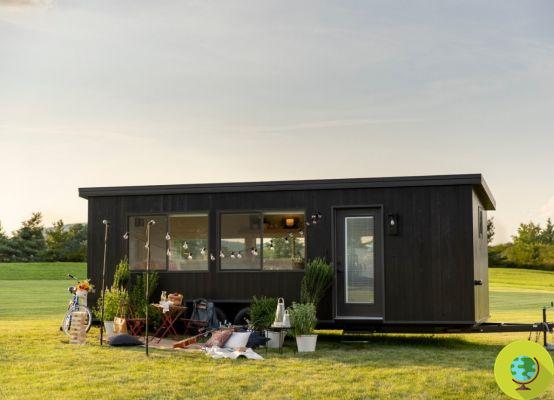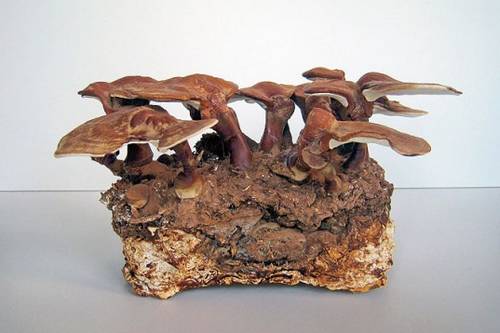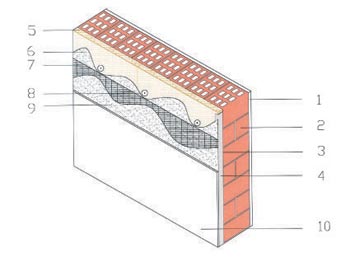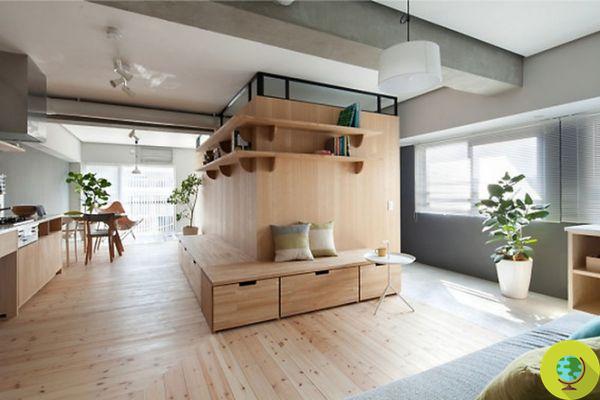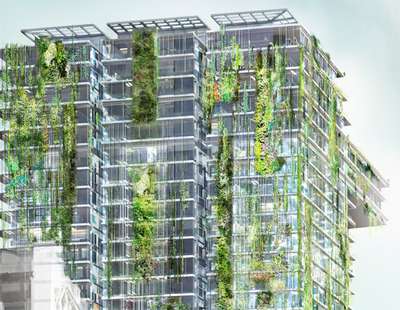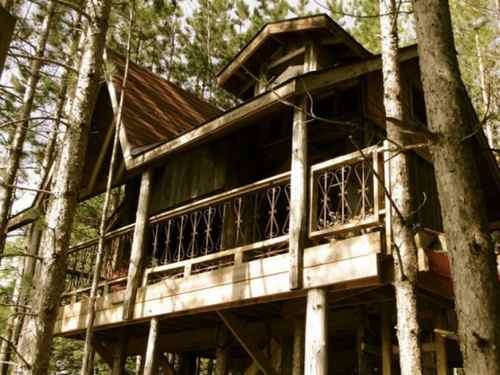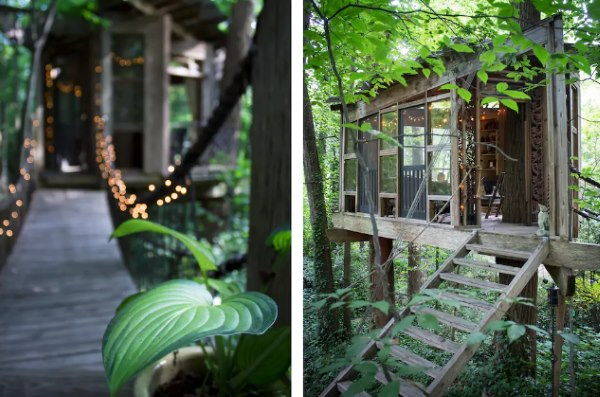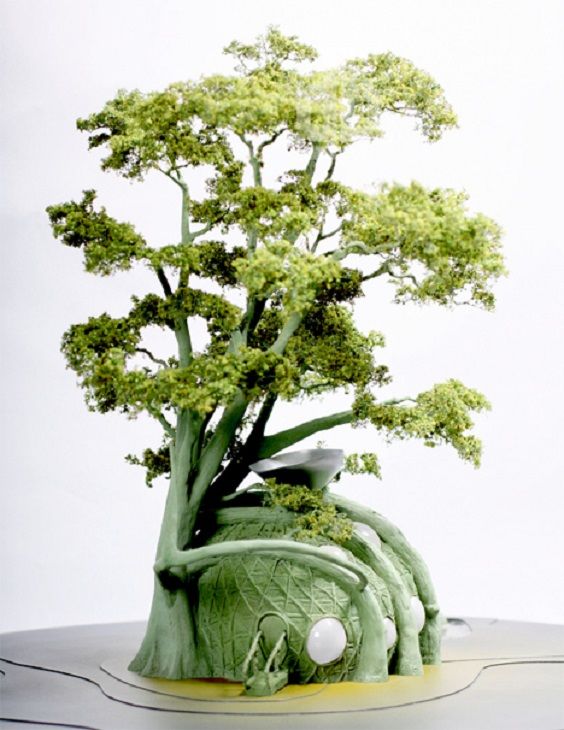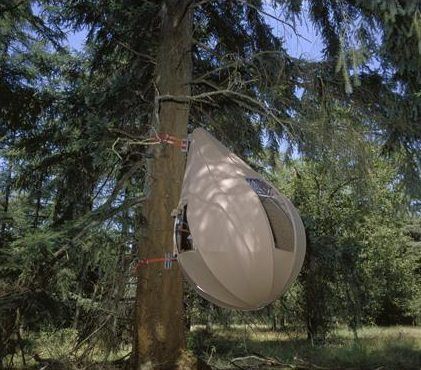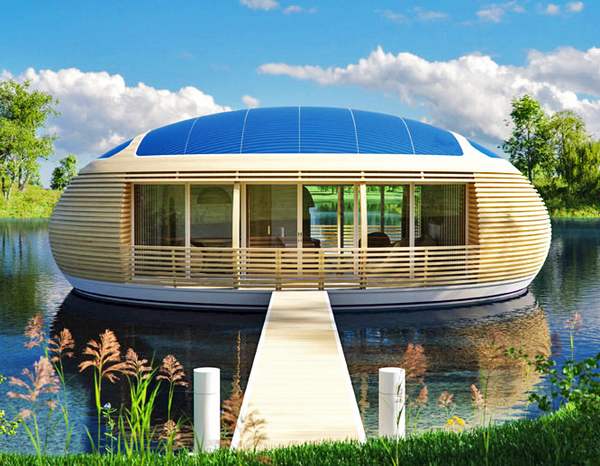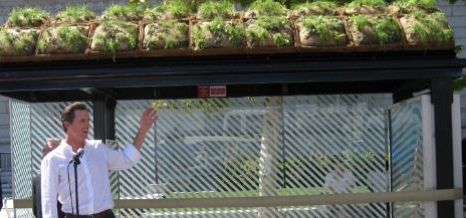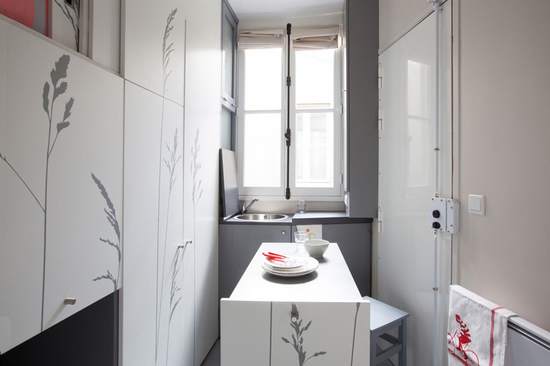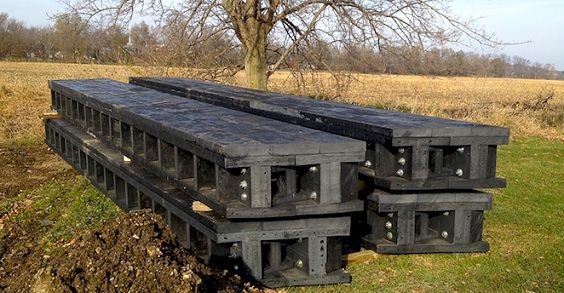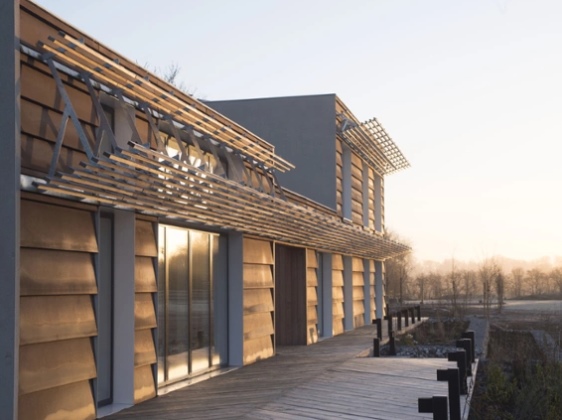It took twenty-five years, and countless threatening news about the future of the planet, to convince the public that the idea of using the walls of large buildings to make gardens was not so absurd.
He is about to end up run over, his mother saves himIn 1986, when he made his first work in the Cité de Sciences in Paris, Patrick Blanck was a visionary botanist who had the odd idea of covering a vertical wall of the museum with green. In 2001, when he covered a 30-meter wall with plants in a hotel near the Champs Elysée its fame had reached the same level as the great starchitects.
It took twenty-five years, and countless threatening news about the future of the planet, to convince the public that the idea of exploit the walls of large buildings to make gardens wasn't that absurd after all.
In fact, Patrick Blanck's idea is not new to nature. He himself admits to having taken inspiration from some wonderful examples of plants capable of growing on the rock, seen in Malaysia and Thailand during his years of study. "It was a revelation - he says in an interview with La Repubblica some time ago -. I was so fascinated that I tried to reproduce that type of vegetation on the walls of my house, developing, in the absence of soil, special supports and appropriate irrigation systems ".
Since that time its vocation has taken on the features of a small vegetable revolution, thanks to which they can be seen sprouting immense walls covered with greenery in the historic centers of the cities, on the walls of huge skyscrapers in the City, on one of the walls of the European Parliament and around the perimeters of countless museums.
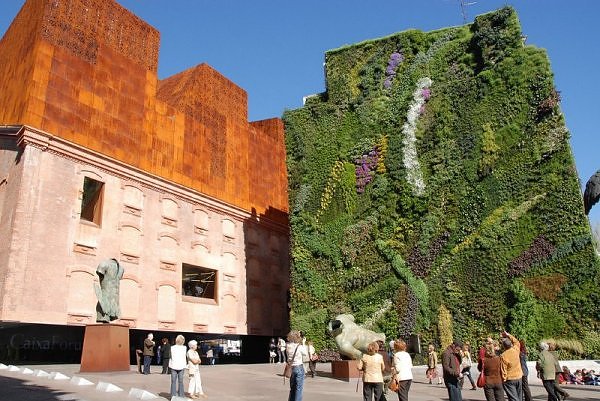
Among the projects that made him famous is the one created for the Museum of Contemporary Art in Madrid where one of the walls is covered with 24 meters of green. The equivalent of 15000 plants and 250 different species. If you think that this may already be a monumental work, try to imagine a wall of 800sqm covered with plants from Japan, China, Europe and the United States. This is the dimension of the project carried out for the Quai Branly Museum in Paris.
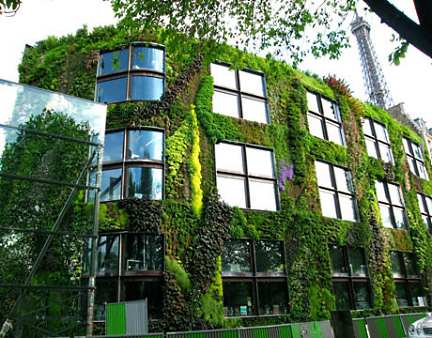
The vertical walls make it possible to exploit enormous surfaces that are apparently inert and unusable, turning them into living parts of the city. “The plant component tears verticality from artificiality, restoring a living dimension that is closer to men” says Blanck. Obviously the choice of a vertical plane implies knowledge and ability to select species. However, even before with biodiversity, Blanck had to deal with the concrete force of nature. The roots of plants possess such power to destroy the walls against which they are attached and shatter them. To avoid this, not trivial, inconvenience, Blanck studied the behavior of plants for a long time, coming to the conclusion that a frequent and regular irrigation system allows the roots to be distributed horizontally, remaining on the surface. And thus avoiding to infiltrate deeply.
Starting from this foundation, he devised a real one design system weighing 30kg per square meter consisting of a metal base, a PVC sheet and a paper felt layer. The crosspieces and metal uprights, anchored to the support or self-supporting, act as a support base (sometimes an air chamber is added between the support and the structure to facilitate the isolation of the rooms). On them, the cloth that serves to homogenize and reinforce the structure and the paper felt, which allows to distribute the water over the entire surface, is spread.
Because, if it had not been clear until now, in the Vertical Gardens of Blanck, the use of the land is not foreseen. Only water, with the addition of mineral salts.
But what are the real advantages of a vertical garden? It is easy to imagine the impact on urban photography: seeing an entirely green surface immersed in an unusual environment such as the city one is like having the sensation of suddenly being elsewhere. The effect of astonishment and displacement perceived by bystanders is complementary to the environmental benefit enjoyed by both the inhabitants and those who work in the interior spaces covered by green surfaces.
The presence of grass on the wall of a large building allows the atmosphere to lighten of carbon dioxide e to the heating and cooling system to consume less. The vegetation (and the ancient tradition of climbing plants testifies to this) acts as a thermal and sound insulator. It also allows you to put rainwater back into circulation and gray waters of the buildings. Something similar is being planned for the new Abu Dhabi plant, where the approximately XNUMX square meter lawn will be powered by water from the air conditioners.
In the book "The beauty of being a plant"(Published by Bollati Boringhieri) (), Blanck who as an author takes the point of view of a plant, summarizes the duty to respect nature by paraphrasing the Cartesian expression: “I grow therefore I exist”. A point of view, that of Blanck, which foresees the possibility of imagining one coexistence between man and nature and not a perennial state of conflict and opposition.
Pamela Pelatelli
Read all our articles on vertical gardens




